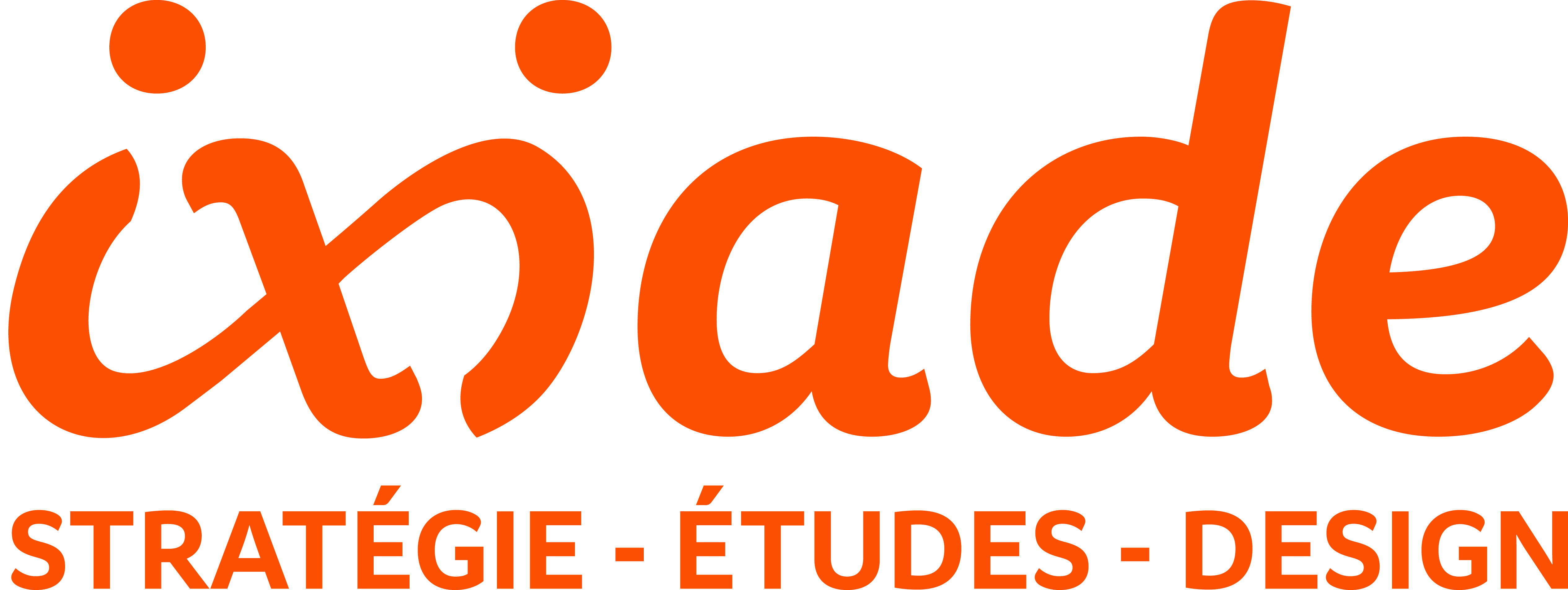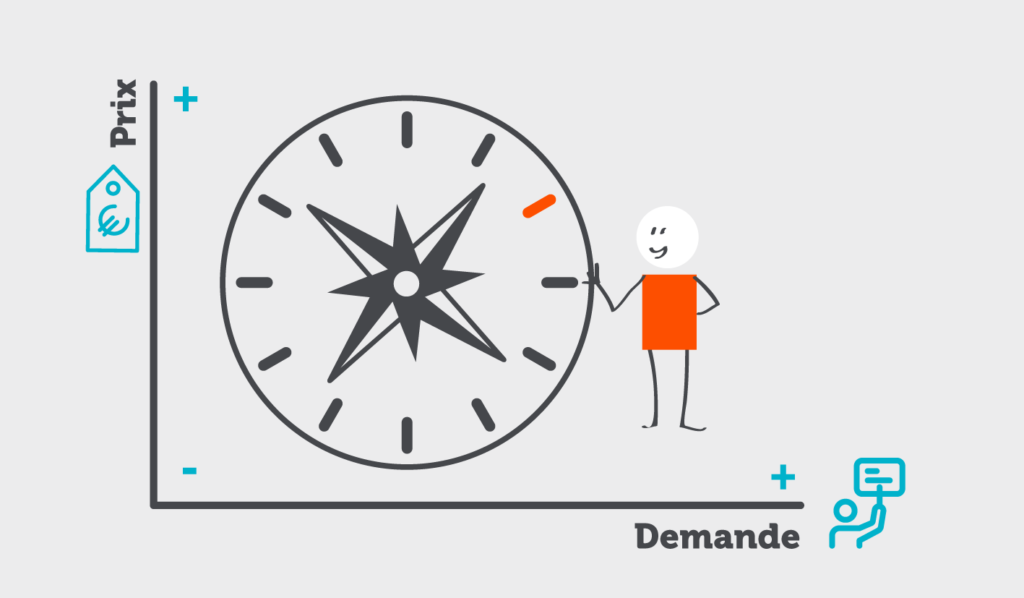How could we predict the revenues generated by the launch of an innovation? To what extent is price elasticity of demand a strategic indicator for innovative companies? An overlook of an industrial control panel case study with Florian Loeser, User Experience Project Manager at Ixiade.
In a few words, could you please explain the context of the project?
Our client, a global leader in the creation of electrical solutions, had in mind to improve the ergonomic features of an existing product: a control panel which is mainly dedicated to professionals in the industrial field. The improvement of product’s characteristics in terms of material, mounting method, size, and some others, had necessarily several consequences in terms of production costs. The request of our client could be summarized as follows: “What would be the consequences on my revenues if I had to increase the selling price of my product due to an increase in production costs?” From that point, the goal of our study was to measure how variations in terms of selling price would impact our clients’ revenues. In other words, the aim was to assess the so-called “price elasticity of demand”.
Price elasticity of demand? What does that mean?
To put it in simple terms, it refers to the relative ratio between a price variation and the demand variation toward a given artefact (i.e. product or service). In most cases, the ratio is negative because artefacts follow the law of demand, that is to say demand decreases as price increases. However, we sometimes notice inverse phenomenon for necessity products like water (demand remains stable even in case of a sudden price increase) or luxury products (demand grows as long as the price increases). In these specific cases, we speak of inelastic or positively-elastic products.
What method have you used for this study?
First of all, as the client’s request was more complex than usual, it is important to mention that we discarded the traditionally pricing methods used to position the price of an offer. Usually, we ask potential users or clients “below what price would you consider the product as being of poor quality?”, or “from what price would you think that the product is too expensive?”. By crossing the data, this so-called “psychological price positioning” method provides interesting results. However, its limit lays in the fact that it does not take into account an essential dimension: the role of uncontrolled and implicit information process in the assessment and the purchase decisions of human being. That is why we calculated the price elasticity of demand by using a “choice-based conjoint analysis”.
Concretely, how does such a study works?
For this study, we contacted 1,600 potential buyers from several industrial fields from all over the world. The aim is to place them in trade-off situations where they have to make intuitive choices. Each participant had to make 20 trials where two control panels were presented. Each control panel had its own technical, esthetical characteristics and a specific price. Through a deep analysis of respondent’s choice using specific algorithms, we have been able to both quantify the importance of several attributes (price, size, mounting type, material type, design) and the preferences associated to each range of attributes (metal or plastic for the material type for instance).
What results did you obtained?
On the one hand, the analysis enabled us to identify the preferences and to specify them according to the different segments (country or job for example). In that sense, the study will certainly have consequences on the future choices in terms of control panels design and conception. On the other hand, regarding the initial demand, we got a surprising but meaningful pattern: price elasticity of demand did not follow a linear curve but rather a sinusoidal curve. For instance, if we increase the price of the new offer by 5%, 10%, 15%, 30%, or even 40% as compared to the price of the current offer, the total revenues would tend to decrease and therefore follow the rules of demand. However, considering a specific increase of 20% in selling price, total revenues would increase significantly. This result shows that the decisions associated to the price elasticity of demand have a strong importance and that it can be very strategic for companies.
In summary, it is a method that enables to assess the economic benefits of an innovation?
Nobody can predict with any certainty what revenues will be generated by the launch of a new product or service. However, we are able to seriously estimate its market potential. Beyond economical aspects, this method also brings valuable complementary information that is even strategic. The price elasticity of demand enables to assess the product on several aspects. For instance, a product that would have a perfect inelasticity (the price increase would have no impact on the total revenues) would probably have a few competitors and would be seen as a necessity product. It could also be the expression of a brand loyalty, and the product could last over time. We can conclude by saying that such a method enables companies to build an innovation strategy around economic questions, and to position the maturity of their offer in order to work on potential commercial actions.

